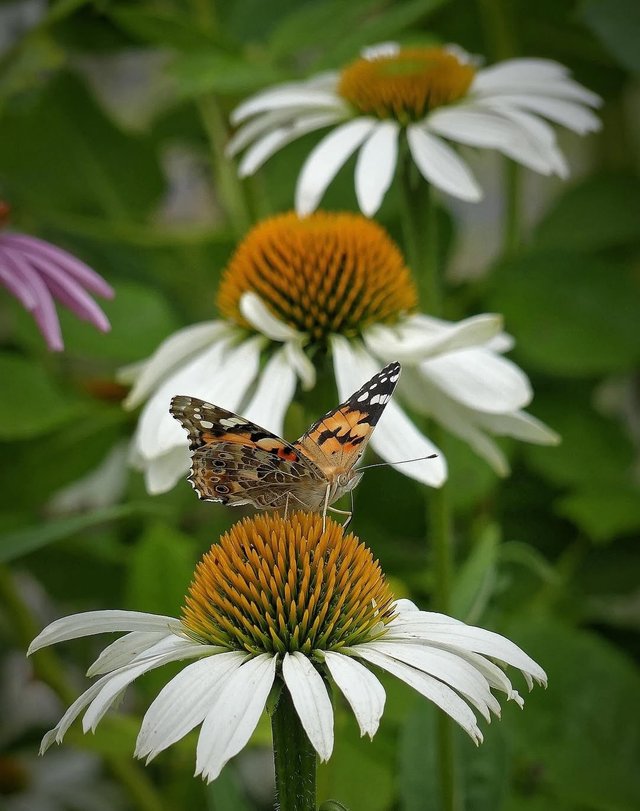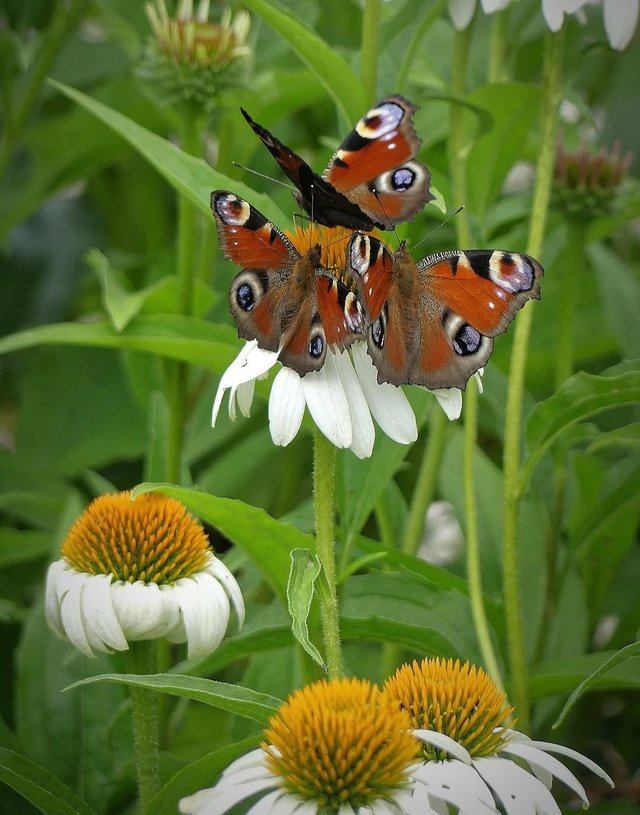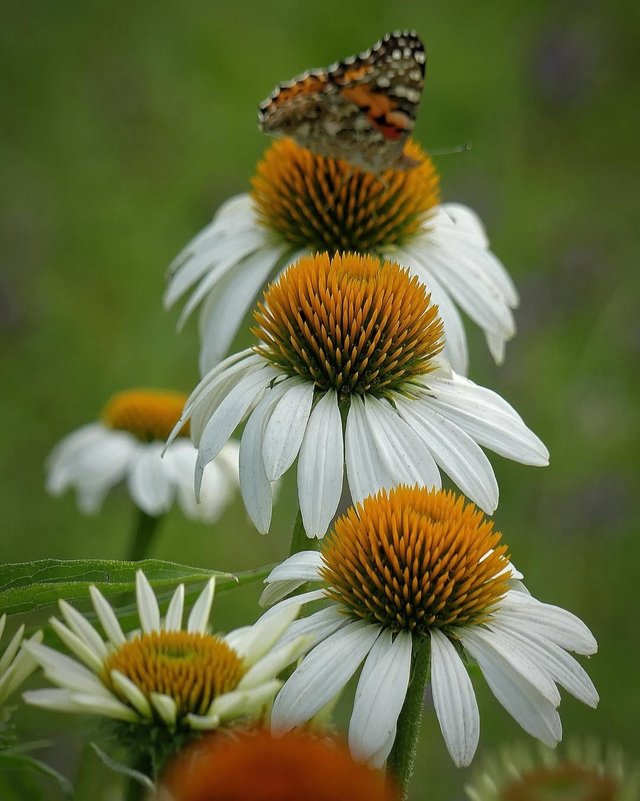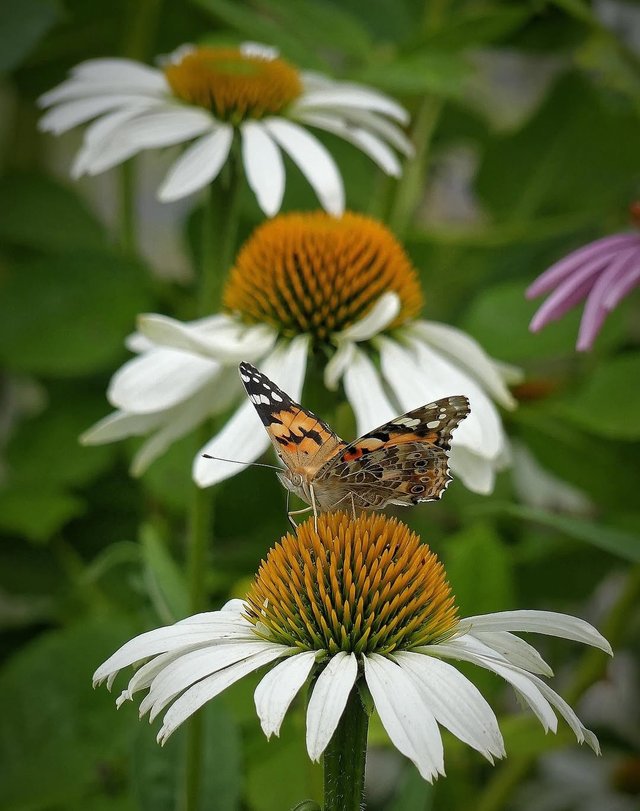Beautiful Butterfly and Flower
Butterflies and flowers share one of the most enchanting partnerships in nature, a relationship woven from beauty, necessity, and survival. When we think of butterflies, we often picture them fluttering gracefully in gardens or meadows, sipping nectar from brightly colored blooms. But beyond this delicate image lies a story of mutual dependence, evolution, and ecological significance.
The Bond Between Butterfly and Flower
At the heart of this relationship is pollination. Flowers produce nectar, a sweet energy-rich liquid, to attract pollinators like butterflies. In turn, butterflies feed on this nectar, which provides them with essential sugars to sustain their active lifestyles. As butterflies move from one bloom to another, they inadvertently carry pollen on their legs or proboscis, helping plants reproduce and set seeds. Without this exchange, many plants would struggle to continue their life cycle.
Colors, Scents, and Shapes
Butterflies are visual creatures. Unlike bees that rely heavily on scent, butterflies are drawn to brightly colored flowers—especially reds, oranges, yellows, and purples. These hues stand out in the landscape, signaling the presence of nectar. The shape of a flower also matters. Since butterflies have a long, straw-like proboscis, they can reach into deep, tubular flowers that other insects might not access. This makes them especially important pollinators for certain species.
A Dance of Life
Watching butterflies and flowers interact is like witnessing a silent dance. Flowers open their petals to the sun, and butterflies arrive in flutters of movement, hovering gently before landing. This interaction adds not only ecological value but also beauty and peace to human surroundings. Many cultures view butterflies as symbols of transformation and flowers as emblems of growth and renewal, making their union a poetic reflection of life itself.
Beyond Beauty – Ecological Importance
The butterfly–flower relationship goes far beyond aesthetics. Together, they form a key part of ecosystems. Butterflies contribute to biodiversity by ensuring genetic exchange among plants. Flowers, in turn, provide the nourishment that sustains butterfly populations, which serve as food for birds and other creatures. The presence of both butterflies and flowers in an area is often seen as a sign of a healthy environment.




%20(8).jpeg)